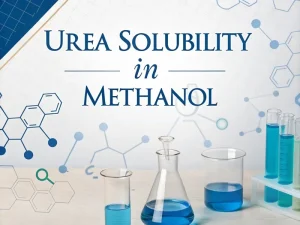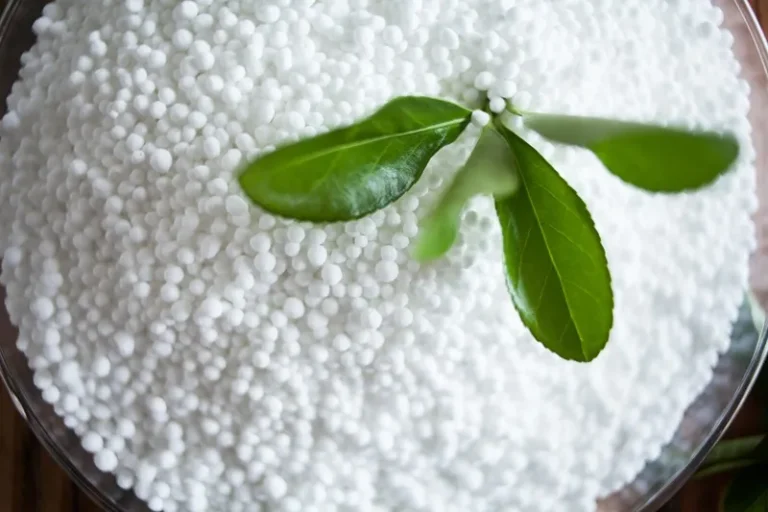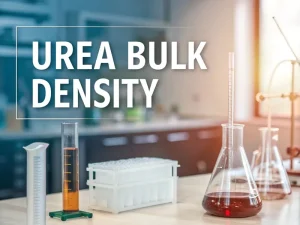
Urea Solubility In Methanol Comprehensive Analysis
Tech Blog Urea Solubility In Methanol Urea is a simple organic compound with the chemical formula CO (NH₂)₂, and is one of the most widely


Urea (CO(NH₂)₂), a versatile nitrogen-containing compound with unique properties, dominates in agriculture, industry, and emerging technologies.
Chemical formula of urea: CO (NH₂)₂.
The molecular weight of urea is 60.06 g/mol.
Physical state: Colorless and odourless crystalline solid at room temperature.
Crystal system: monoclinic crystal system, forming high-purity needle-shaped crystals.
Urea solubility in water:
Due to hydrogen bonding, Urea has a solubility of 108 g/100 mL at -20 ° C and 733 g/100 mL at 100 ° C with increasing temperature.
Solvent selectivity:
Dissolve in polar solvents (water, methanol, ethanol).
Insoluble in non-polar solvents (benzene, hexane).
Melting point of urea: 133°C .
The boiling point of urea: Not applicable (decomposition before boiling).
Urea density: 1.32 g/cm³ (solid), 1.146 g/cm³ (10% aqueous solution at 20°C).
Urea viscosity: Dilute solution has low viscosity. Due to the hydrogen bonding network, the viscosity of high-concentration solutions (e.g.>60%) increases.
Weak base: pKa ≈ 13.9 in water, forming urea hydrochloride (CO (NH₂)₂ · HCl) in acidic solution.
Hydrogen bond: acting as a hydrogen bond donor (NH₂ group) and acceptor (C=O group), capable of strong interactions with water and polar molecules.
Enzymatic hydrolysis: catalyzed by urease (produced by bacteria, plants, and some animals).
Acid/base catalysis: hydrolysis to ammonium carbonate under strongly acidic or alkaline conditions:
Heat absorption dissolution: Δ H ≈+13.3 kJ/mol absorbs heat when dissolved in water.
Entropy contribution: Positive entropy change (Δ S) drives solubility beyond endothermic enthalpy
Decomposition temperature: It decomposes at around 150 ° C, releasing NH3 and forming cyanic acid.
Flame retardancy: releases nitrogen gas when heated, which plays a flame retardant role in certain applications.
Melting heat: 15.4 kJ/mol (energy required to melt 1 mole of urea).
Heat of vaporization: Not applicable (decomposition rather than vaporization).
Urea cycle: Ammonia is synthesized in the liver and is the main nitrogen-containing waste in humans and mammals;
Energy cost: 4 ATP molecules per urea molecule;
Transportation: Dissolved in plasma (water-based), enters the kidneys for excretion;
Penetrating electrolyte function: maintaining cell osmotic balance in organisms such as sharks and some bacteria.
Hydrogen bond breaking: High concentration urea solution (6-8M) breaks the secondary and tertiary structures of proteins through competitive hydrogen bonds:
Used for biochemical research on protein folding and purification;
Example: Urea-based cream denatures dead skin cells for exfoliation.
HLow toxicity: LD₅₀ (rat, oral) ≈ 15 g/kg, moderate dose is considered relatively non-toxic.
Risk of hyperammonemia: Urea cycle enzyme deficiency leads to ammonia accumulation, causing nerve damage.
Nitrogen mass percentage: 46.65%, highest nitrogen fertilizer in solids.
Water solubility: enables plants to effectively absorb, although volatilization in the form of NH may decrease efficiency in alkaline soil
Urea formaldehyde resin:
Hardness: Shore D hardness 80-90, suitable for durable surfaces;
Chemical resistance: resistant to weak acids and bases but susceptible to strong oxidants;
Adhesive strength: firmly bonded to wood fibres, used for plywood and particleboard.
AdBlue Solution:
Ingredients: 32.5% urea+67.5% deionized water (ISO 22241 standard).
Freezing point: -11°C, requires heating in cold climates.
Nitrogen oxide reduction: converting 80-95% of exhaust nitrogen oxides into nitrogen ₂ and H₂O through SCR technology.
Rapid decomposition: Microbial urease hydrolyzes urea in soil and water, releasing NH3.
Eutrophication risk: Excessive urea runoff can promote algal blooms in water bodies
Moisture absorption: absorbs moisture from the air and requires sealed storage.
Corrosion potential: Concentrated solutions can corrode low-carbon steel; therefore, stainless steel or plastic containers are required.
Dust explosion risk: Fine urea dust may ignite in the air despite the high ignition temperature (≈ 400°C).
Dust explosiveness: MIE>1000 mJ (low risk).
Corrosion: Corrosion rate of carbon steel: 0.03 mm/year (for tank safety).
The properties of urea-from its high nitrogen content and water solubility to its thermal stability and hydrogen bonding ability – make it a unique compound with unparalleled versatility. Whether as a nitrogen carrier in the human body, a key component of sustainable agriculture, or an important material in industrial processes, the characteristics of urea determine its impact on biology and technology.
As the industry seeks more environmentally friendly solutions, understanding the characteristics of urea will drive innovation in bio-based urea production, efficient emission control, and sustainable materials science.

Tech Blog Urea Solubility In Methanol Urea is a simple organic compound with the chemical formula CO (NH₂)₂, and is one of the most widely

Tech Blog The difference between urea and fertilizer For anyone engaged in agriculture — from backyard gardeners to large-scale farmers — terms such as “urea”

Tech Blog urea bulk density Urea – whether used as a high nitrogen fertilizer, industrial production raw material, or a component of diesel exhaust fluid

JINGJIANG MELAMINE POWDER
© JINJIANG MELAMINE